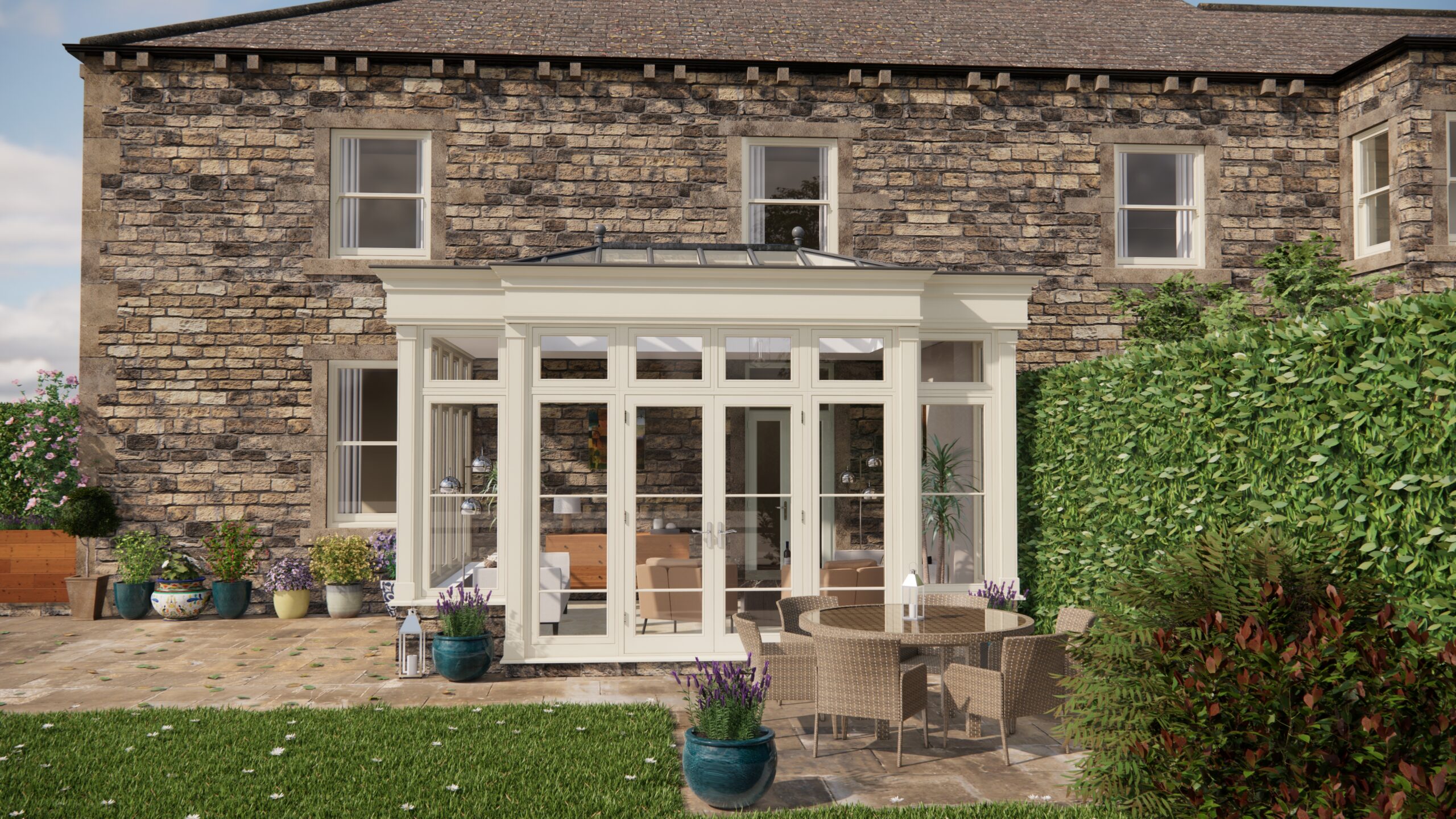Right, let’s talk about seasonal gardening! I was just chatting with Melissa the other day, and we got onto the subject of those wonderful articles focusing on the pure enjoyment we get from our UK gardens. You know, the ones brimming with ideas, landscaping tips, plant suggestions, and even how to tackle those pesky garden problems. We even touched on how an orangery can take your garden enjoyment to the next level! But what really resonated was this specific focus on the joy of seasonal UK gardening: think spring bulbs bursting into life, vibrant summer bedding, the fiery hues of autumn, and even the skeletal beauty of winter structures.
“It’s like unlocking a new garden every few months!” Melissa exclaimed, and she’s absolutely right. It’s not just about passively observing; it’s about actively participating in the garden’s evolving story.
Spring Awakening:
Let’s start with spring. For Melissa, it’s all about the bulbs. “Snowdrops are non-negotiable,” she declared, and I couldn’t agree more. Planting them ‘in the green’ (after flowering) ensures a good start. Then there are daffodils, tulips, and hyacinths for that explosion of colour. But think beyond the common varieties. Species tulips, like Tulipa clusiana, offer a more delicate charm. Crocuses are invaluable for early pollinators too.
Task: Now is the time to plant your Summer Flowering Bulbs, Dahlias are a great example, however you will need to bring them in from the cold during Winter or they will be killed. If you have existing bulbs which you lifted last year from the ground, then you will need to check them over to make sure that they have not rotted.
Summer Symphony:
Summer is bedding plant season, and this is where you can really let your creativity shine. Melissa loves petunias and calibrachoa, which cascade beautifully from hanging baskets and containers. I lean towards salvias and penstemons, which attract bees and hummingbirds.
Plant Choices: Consider the colour scheme and overall aesthetic. Do you want a riot of colour, or a more calming, monochromatic look? Think about foliage too. Silver-leaved plants, like Artemisia, can provide a lovely contrast to brightly coloured flowers.
Task: Deadheading is key. Regularly removing spent flowers encourages more blooms and keeps your plants looking their best. Feeding is important too. Use a liquid feed formulated for flowering plants every couple of weeks.
Autumnal Hues:
Autumn is all about embracing those warm, earthy tones. Think about trees and shrubs with fantastic autumn colour, like acers, maples, and Euonymus alatus.
Aesthetic Considerations: Don’t just focus on the leaves. Berries can provide fantastic interest too. Cotoneasters and pyracantha are great choices.
Task: Leaf clearance is essential. Rake up fallen leaves to prevent them from smothering your lawn and other plants. You can compost them to create leaf mould, which is a fantastic soil improver.
Winter Structure:
Winter might seem bleak, but it’s a chance to appreciate the garden’s structure and evergreen foliage. Consider planting shrubs with interesting bark, like Cornus sericea (dogwood). Evergreen shrubs, like Buxus sempervirens (box), provide a framework for the garden.
Plant Choices: Heathers are a great choice for winter colour, as are winter-flowering shrubs like Hamamelis (witch hazel). The skeletal remains of summer perennials can add interest too.
Task: Protect tender plants from frost. Wrap them in horticultural fleece or move them indoors. Prune deciduous trees and shrubs while they are dormant.
Pest and Disease Patrol:
No matter the season, pest and disease control is always a concern. Melissa swears by companion planting. “Marigolds near tomatoes are a must!” she insists. I prefer to use organic methods, such as attracting beneficial insects like ladybirds and lacewings. Regular inspection is key. Catching problems early makes them much easier to deal with.
So, there you have it – a little glimpse into my chat with Melissa about the pure joy of seasonal UK gardening. It’s about embracing the constant change, adapting your planting choices and tasks to the rhythm of the year, and ultimately, creating a garden that brings you joy in every season. It’s not about perfection; it’s about the process, the connection with nature, and the satisfaction of creating something beautiful. Embrace the seasons, get your hands dirty, and watch your garden thrive!


